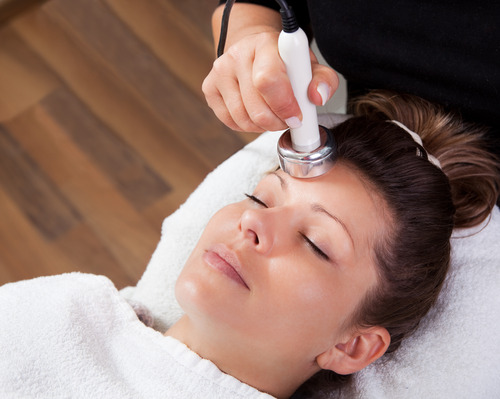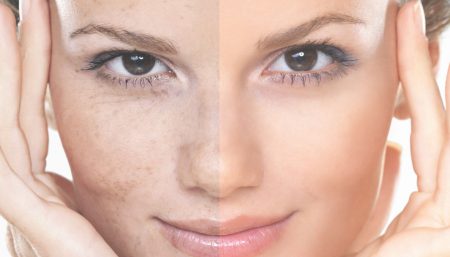Fractionated or “pixilated” carbon dioxide (CO2) laser treatment are one of the latest advances in non-surgical skin rejuvenation treatments. According to many doctors, this skin-resurfacing treatment combines the effectiveness of traditional carbon dioxide lasers (long thought to be the gold standard in wrinkle removal) with a new application technique, which delivers powerful results without the traditionally harsh side effects.

How does the Treatment work?
Collagen is the main protein that keeps skin looking young and line free. Sun exposure, pollution and the natural process of aging destroys collagen thereby increasing wrinkles. The CO2 fractional treatment laser uses beamlets of light energy to create tiny holes in the skin. These holes put the natural collagen created by the body into high speed, creating extra collagen and reducing wrinkles, fine lines, stretch marks, burns and scars. It can be used on the delicate eyelid skin and around the mouth.
The treatment is quick, accomplished in one or two sessions, with about four days downtime. You need to arrive 1 ½ hours before your treatment. You or a technician will cleanse the treatment area and then apply a numbing cream to the area to be treated. We also have our patients take the anti-inflammatory Toradal, which helps to reduce the discomfort. Then you just relax, read, and listen to music, while the numbing cream takes effect.
After you numb for about an hour, the numbing gel will be removed. The treatment takes about an hour for a full face and feels a little like a “pins and needles” sensation. A strong stream of cold air (a Zimmer cooler) is blown on the area during the treatment to make it comfortable. The discomfort ranges from mild to moderate (2-4/10). Plan on being in the office for 2 ½ hours total.
You will see some immediate results but you won’t see the full results for 3-6 months. After your skin heals, which may take up to 3-14 days, there will be a period of 4 to 6 weeks after that when your skin might be slightly pink. During this period, your skin will feel smoother and looks less blotchy. As the color returns to normal, you will see fewer lines, less blotchiness, and more glow.
Who all can Benefit?
Fractionated CO2 lasers excel at treating
- Deeper wrinkles
- Severe textural changes from sun damage
- Acne scars
- Surgical or traumatic scars
- Precancerous growths (actinic keratoses)
It can be used to improve texture, wrinkles, and blotchiness on the neck, chest, arms and legs but this should only be done by experts because the risk of complications, including scarring, is higher in these areas.

Cosmetic Side Effects
- Pain. Most people feel very little pain during treatment. Rarely there is mild discomfort for the first day after surgery, but Tylenol is effective for it.
- Redness. A pink color may persist for two weeks to two months after the laser surgery. In rare instances, it may last three to six months.
- Wound Healing. The CO2 laser causes a superficial wound to the skin that takes approximately 2 to 10 days to heal. The superficial injury of the outer layers of the skin may result in mild to moderate swelling. Peeling is common. Once the surface is treated, it may be sensitive to the sun for approximately 4-6 weeks.
- Pigment Changes. The treated area may heal with increased or decreased pigmentation. This is rare and occurs most often in darker skin and 2-6 weeks after treatment. Hyperpigmentation usually fades in three to six months, though rarely pigment changes can be permanent.
- Excessive Swelling. Immediately after laser surgery, there will be swelling of the skin. This is a temporary condition and will resolve over three to seven days.
- Scarring. To minimize chances of scarring, it is important to follow post-operative instructions carefully. It is important that any prior history of unfavorable healing be reported. Do not pick!
- Eye Exposure. There is also a risk of harmful eye exposure to laser surgery. It is important to keep your eyes closed and have protective eyewear at all times during the laser treatment.
- Infection. Occasional infections can occur. If not treated promptly, these could result in scarring.
According to the American Society for Dermatologic Surgery http://www.asds.net/, patients with darker complexions may be at risk for pigmentation with any laser surgery.
Disclaimer
The Content is not intended to be a substitute for professional medical advice, diagnosis, or treatment. Always seek the advice of your physician or other qualified health provider with any questions you may have regarding a medical condition.



